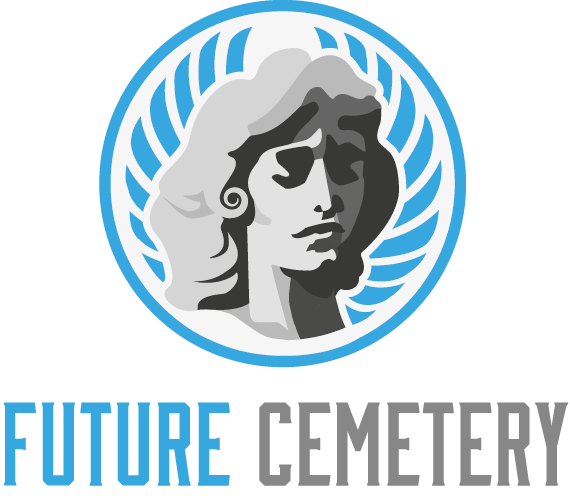Planning for end-of-life is a personal and emotional journey. Whether you are considering burial or cremation, memorial parks offer the opportunity to honor loved ones in a serene and natural setting.
The park features a skating pond (check if open) and an all-inclusive multigenerational playground. It also includes baseball fields, tennis courts, pavilions, and jogging/biking trails.
Submariners Monument
The memorial commemorates submariners whose boats went on eternal patrol and never returned home. The newest monument in the Park it is a 4ft by 8ft smooth black granite commemorative monument with a cut out that represents the families that lost their loved ones. It is engraved with the text “The Silent Service – Pride Runs Deep”.
Local submarine veterans formed a chapter and decided to start planning for a memorial. They needed money and a site.
Unlike other military monuments, submarine memorials are usually simple and modest. They honor the brave men who went to their deaths to protect our precious liberty.
South Korea Monument
When the Korean War began in 1950, America joined forces with its allies to take a stand against what was deemed a threat to democratic nations across the world. At its end, millions of American veterans returned to homes and families, to a nation reluctant to view the war as a worthy cause for commemoration.
The memorial’s central space is a circular plaza with a symmetrical layout. Here, a group of 19 stainless-steel statues depicts a squad on patrol and evokes the experience of ground troops. Strips of granite and scrubby juniper bushes suggest the rugged Korean terrain, while windblown ponchos recall the harsh weather. The statues are surrounded by a black granite wall that mirrors them, intermingling the reflected images with etched faces.
Gold Star Monument
The Gold Star Monument in memorial park is dedicated to the families of military personnel who have lost a loved one in combat. It was designed by Medal of Honor recipient Marine Hershel “Woody” Williams. The foundation that bears his name oversees the construction and installation of these monuments throughout the United States.
The main feature of this memorial is a circle that represents an open door and includes an inscription of the words, “Their Sacrifice Will Not Be Forgotten.” There is also a central area that is known as the “living sacrifice space.” This area evokes a feeling of safety and security.
Woody’s final wishes were that GSFMMs be built in locations not more than an hour’s drive from other existing monuments. This location meets those requirements and it is in close proximity to the city of Elkins and Randolph County.
Blue Star Monument
A simple yet profound symbol of honor, the Blue Star was first seen on flags and banners hanging in windows of homes with sons or daughters away at war during World War II. The idea took hold and in 1945, New Jersey Garden Clubs planted thousands of flowering dogwood trees along a stretch of the state’s highways that would become known as the Blue Star Highway. The National Council of State Garden Clubs, now NGC, Inc, adopted the project and a uniform marker was designed.
In 1996, the scope of the program was expanded to include all men and women who had served, or were currently serving, in the Armed Forces of the United States. Today, there are miles and miles of Blue Star Memorials in public parks and civic spaces across the country.
Peace Statue
In 1958, money donated by school children in Sadako Sasaki’s hometown of Hiroshima funded the construction of this monument. The statue depicts Sadako Sasaki, who died from radiation poisoning just short of achieving her goal of folding 1,000 paper cranes. According to Japanese tradition, one who folds 1,000 cranes is granted a wish.
The monument’s message of peace is a powerful reminder that violence can never be the answer to conflict. It has inspired numerous works of art and is used as a tool for educational initiatives worldwide. In addition, Sadako’s story is the basis for the global movement to fold origami cranes in honor of victims of nuclear weapons and to promote peace. Thousands of paper cranes from around the world are offered to the monument each year.
